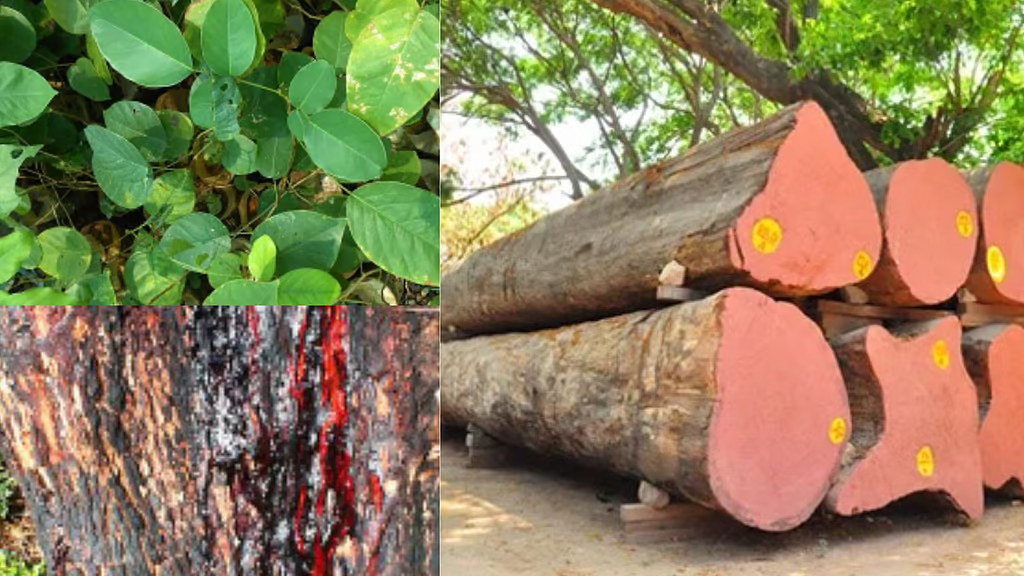Welcome to Aer Uzhavan
- Send Your Mail
- aeruzhavan24@gmail.com
- Contact Number
- +91 99947 03677 / +91 99947 03656 / +91 86105 31570
Product Detail
Vengai Wood
- The Vengai tree, scientifically known as Dalbergia latifolia, is a species of flowering plant in the pea family (Fabaceae). It is a deciduous tree native to the Indian subcontinent, primarily found in India, Sri Lanka, and some parts of Southeast Asia.
Characteristics of the Vengai Tree :
- Size : The Vengai tree can grow up to 30-35 meters tall, making it a large and imposing tree.
- Leaves : The leaves are pinnate and typically have a bright green color. They are compound leaves with several leaflets.
- Flowers : The flowers of the Vengai tree are small, with a pale yellowish or cream color, growing in clusters. These blooms are typically found in the summer months.
- Fruit : The tree produces flat pods that contain several seeds. These pods are long, and when ripe, they split open to release the seeds.
Growing Conditions :
- Climate : Vengai trees thrive in tropical and subtropical climates. They require warm temperatures and adequate rainfall for optimal growth.
- Soil : The tree grows well in well-drained, fertile soils, often in the vicinity of rivers and other water sources.
- Sunlight : Vengai trees prefer full sunlight and are often found in open spaces, such as forests or cultivated land.
Uses of the Vengai Tree :
- Wood : The primary use of the Vengai tree is for its high-quality timber. The wood is dense, durable, and resistant to decay, making it ideal for furniture, flooring, and carvings.
- Ecological Importance : Vengai trees play a role in maintaining soil stability in tropical forests, especially along riverbanks and slopes, due to their extensive root systems.
Conservation :
- Threats : Overharvesting for timber and the loss of habitat have made the Vengai tree less common in some regions. It’s crucial to manage and conserve these trees to prevent depletion.
- Sustainable Practices : Efforts to promote sustainable logging and plantation cultivation of the Vengai tree are being encouraged to help ensure its long-term survival.

